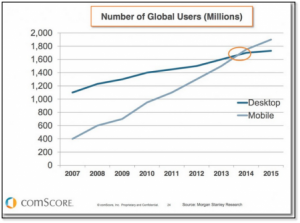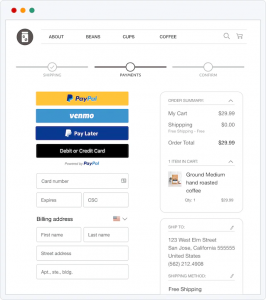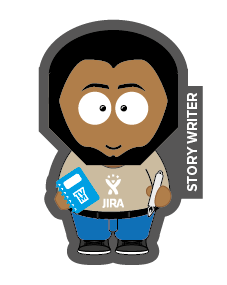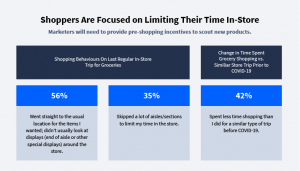There’s just one more week left in 2016! This year has simply flown by. For some of us 2016 was a happening and challenging year. For others it may have passed by risk free and uneventfully. Either way, the year is almost at its end and we’re at a point where we’re trying to close things for the present year to welcome a new set of challenges in the next. Ending the year itself is a challenge as you’re pressed for time and have much to do. So in the next week this year-end checklist could be beneficial for your HR function.
A few months ago I wrote about year-end activities you should do during the last quarter of the year. Now that the quarter and the year are nearing an end, let’s address this checklist to be prepared for 2017!
1. Goals
Probably the first place to kick start your year-end checklist would be to review your 2016 goals. Have a quick session with your team and review all the things you set out to achieve. Assess where your department stands in terms of its achievement and if you’re falling short, plan how to achieve them in the next couple of weeks. There’s no better way to end the year feeling accomplished and successful and achieving your annual goals is paramount.
Once you’ve got a handle on how to achieve your pending 2016 goals, plan for the next year. You should already have your 2017 goals lined up based on the company’s goals and objectives. Design a plan and assign timelines on how to achieve future goals and who will be the key players working on them. Plan now and you’ll be able to give yourself a powerful start to the new year.
2. Payroll
Primarily what you want to ensure is that outstanding payables to employees are taken care of. So that would mean sending out reminders to employees to make claims that they’re entitled to get reimbursed for and provide receipts where necessary. Basically the idea is to ensure that all expenses for the year 2016 are accounted for before 2017 roles in so that they’re taken care of and parked in the present year. It’s also good to remind employees to use up any unutilized benefits that they may have left from the current year – especially if it’ll lapse on January 1.
Another important payroll related matter is to clear settlements of leavers. Though they may have left the company, your employer brand can still be negatively impacted by a disgruntled leaver. And I’m a firm believer that even exited employees should be provided a fair and promote experience. Besides, from an accounting perspective, it’s best not to carry forward settlement amounts to the next year.
3. Recruitment
It’s always preferable to avoid hasty hiring at the end of the year. It’s not easy though, especially since various functions will be chasing you to utilize their budgeted vacancies for the year. Avoid this trap as it could mean hiring the wrong set of people or even being overstaffed. A good approach would be to reevaluate the current strength and analyze what essential and business critical positions should be filled. All other vacancies should be forgone or passed over, depending on the situation and strategy.
4. Employee Engagement
The truest testament of HR’s performance can be extracted from how engaged employees are. Everything you’ve done throughout the year should be linked to an overarching strategy. For some HR functions it’s knowing that they’ve supported the development of high performing teams within the company who are aligned to its goals and objectives and whose feedback has strengthened and positively impacted the culture.
But everything doesn’t necessarily go as planned and nor do situations stay constant. External and internal factors continuously alter the needs of employees and the dynamics of the market. Hence, while HR may get close to the goal of having highly engaged employees, it doesn’t really gets there in just one year. And that’s why your year-end checklist should factor in strategies that will address this challenge.
5. Administrative
It’s probably a good idea to start the year with up-to-date information about employees. It’s always a good feeling to have crisp, accurate data to work with. This is particularly of importance since you’ll be using the data to prepare reports. You wouldn’t want to be in an embarrassing situation where the numbers and information in your report is inaccurate. So send out communication to your employees to make sure they’ve updated any changes they’ve had in their personal information – address and contact details, family members, emergency contact and so on. Changes in these may also correlate to benefits, so it’s all the more important to have updated information on everyone.
Another important task in your year-end checklist is housekeeping. What it entails is getting all your records, filing, documentation and even your information system in order. Which records need to be archived, disposed or filed is essential to start the New Year clean and fresh.
6. Reporting
The current year most likely has been eventful enough to produce meaningful numbers that are critical to future strategies and areas of concern. These numbers, when mapped against the past 5 years or even more, can be very useful to gauge trends and help you understand what to expect and what to do. Documenting them into a report that can be shared with the management is equally important. Not only will it help educate the management about its talent and culture, it’ll reemphasize the importance of the HR function and its pivotal support to the business.
Know of any more tasks that should be on the HR Year-End Checklist? Would love to hear about them.
Business & Finance Articles on Business 2 Community(41)







